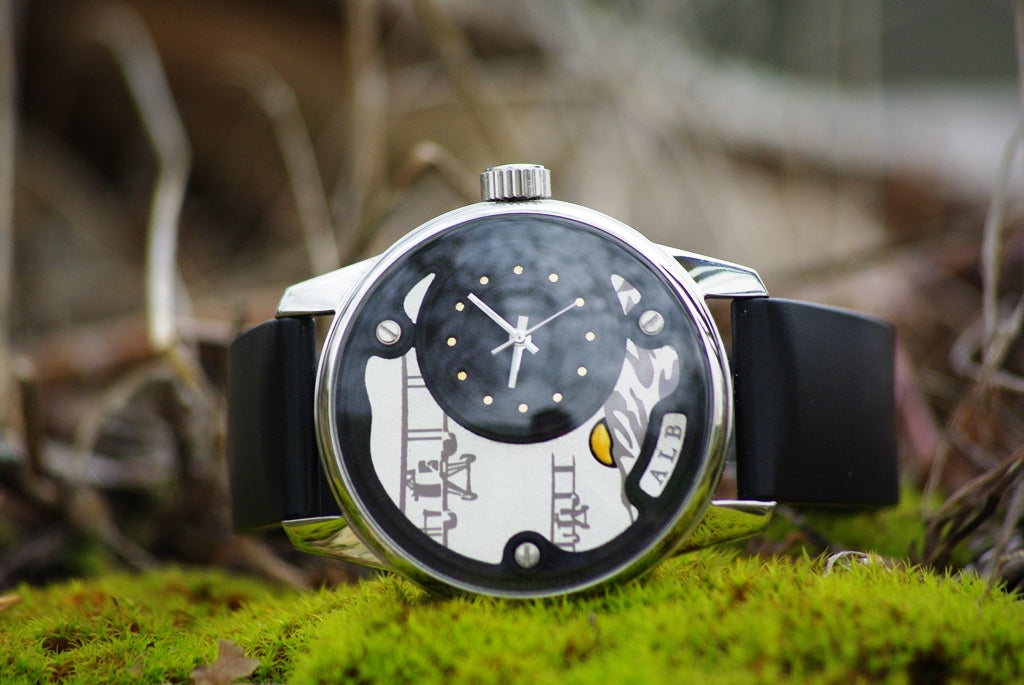Simon-Pierre Delord
“Zellige” watch
“Zellige” watch
Couldn't load pickup availability
“The “Zellige” watch is inspired by a fragment of Zellige from Tlemcen in Algeria dating from the 14th century which can be admired at the Louvre Museum in Paris.
The Art of Zellige is an infinite repetition of geometric patterns and colors.It is the illustration of a fundamental precept of the Islamic Sacred Arts : “Harmony is born from unity in multiplicity” (al-wahda fil-kuthra). The hypnotic pulsation generated by these harmonious repetitions invites the believer but also the layman to meditate on the grandeur and functioning of the Universe .
Model Specifics
Off-center time
Central seconds
Multi-level dial
Grade AA Lapis Lazuli sculpted by our workshop
Upper and lower rings in solid Argentium
Diameter 42mm
Thickness 10.7 mm
Transparent background
Front/rear windows in sapphire crystal
Bracelet with folding clasp
Technical characteristics of the movement
Movement: Caliber ETA 2671
Diameter: 17.5mm
Height: 4.8mm
Frequency: 4 Hz (28,800 vibrations/h)
Gemstone : 25 jewels
Power reserve : 38 hours
Techniques used
Lapis Lazuli is hand carved using diamond tools
The original Mount is first sculpted in wax. It is then made in Argentium using the lost wax casting technique.
We carry out carving, foundry, setting and polishing in our premises.
Symbolic
Lapis Lazuli represents the celestial vault to the Sumerians . For them it was the “stone of stones”, a stone that they revered. This gem is also "a cosmic symbol of the starry night" in pre-Columbian America (CHGH)
Its very particular color “creates around its owner an aura of tenderness and sympathy” (FLAM)
Ancient Beliefs
If you find a Lapis lazuli in a dream, a situation will turn to your advantage (DERR, CANA)
If in a dream you argue with a third person about a lapis lazuli, you should not sign any contract lightly in the days following this dream (DERR, CANA )
Sources
CHGH: Jean CHEVALIER, Alain GHEERBRANDT, Dictionary of symbols , Paris, (c) R. Laffont, Collection “Bouquins”, 1989
FLAM: Elie-Charles FLAMAND, Les Pierres Magiques, Paris, (c) Courrier du Livre, 1981
DERR: Denis DERRIAD, Amulets and Talismans, Paris, (c) Solar, 1986
CANA: Pierre CANAVAGGIO, Dictionary of superstitions and popular beliefs, Paris, (c) Verviers, Marabout, 1977
Share






